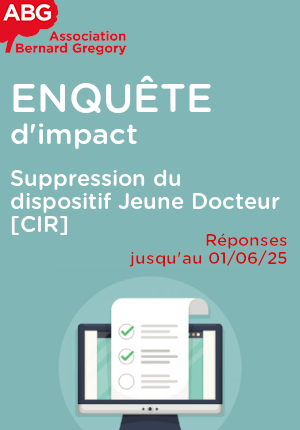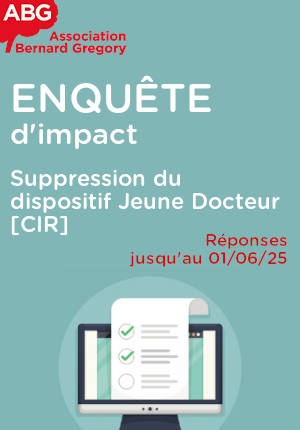Downscaling FWI models for fault system characterization
| ABG-129821 | Sujet de Thèse | |
| 21/03/2025 | Contrat doctoral |
- Terre, univers, espace
Description du sujet
Mapping faults in the subsurface and understanding fault properties (i.e., geometry, dimensions, seal behaviour, fault growth) is fundamental to drive decision-making in subsurface earth resources applications. Nowadays, fault interpretations at depth are mainly derived from high-resolution models obtained by full waveform inversion (FWI), in addition to migrated images. Although the ease and accuracy of seismic imaging and interpretation are continually increasing, issues such as limited data bandwidth, noise, approximation of the physical model, and incomplete data coverage, are still sources of challenges in the detailed imaging of faults (e.g. faults with throws that fall below vertical seismic resolution) (DIMMEN, ROTEVATN & LECOMTE, 2023). Under-estimating the associated uncertainties can lead to overly optimistic model-based forecasts and increase the financial risk associated with subsurface projects. In a recent work, (RUGGIERO, CUPILLARD & CAUMON, 2024) propose a two-scale approach which combines FWI with a downscaling inversion to estimate fault parameters (e.g., length, dip, throw) in a probabilistic way. The approach builds on previous studies (HEDJAZIAN, CAPDEVILLE & BODIN, 2021; SANTOS ET AL., 2024), and is called inverse homogenization. Assuming that FWI provides a smooth representation of the real structures, it aims at recovering all the finer scale fault models compatible with the FWI solution. In the present project, we propose to apply this approach to a fault system, i.e., to not only one but multiple, possibly connected faults. After testing the method in a 2D synthetic case, a real data case and/or an extension to 3D will be considered.
Prise de fonction :
Nature du financement
Précisions sur le financement
Présentation établissement et labo d'accueil
RING Team, a pluridisciplinary and diverse group of 12-15 researchers and graduate students working at the interface of geoscience, computer science and applied mathematics. The team is part of École Nationale Supérieure de Géologie in the GeoRessources laboratory, a research lab of Université de Lorraine and CNRS.
Site web :
Profil du candidat
The candidate should hold a MSc in quantitative Earth Sciences, Geophysics, Physics, Geomechanics, Applied Mathematics or Computer Science. He/she is passionate about science and has solid scientific writing skills. An experience in computer programming and a strong command of English language are required. French language is preferable, but not necessary.
Vous avez déjà un compte ?
Nouvel utilisateur ?
Vous souhaitez recevoir nos infolettres ?
Découvrez nos adhérents
 TotalEnergies
TotalEnergies  ASNR - Autorité de sûreté nucléaire et de radioprotection - Siège
ASNR - Autorité de sûreté nucléaire et de radioprotection - Siège  MabDesign
MabDesign  ADEME
ADEME  CASDEN
CASDEN  Laboratoire National de Métrologie et d'Essais - LNE
Laboratoire National de Métrologie et d'Essais - LNE  Tecknowmetrix
Tecknowmetrix  SUEZ
SUEZ  Ifremer
Ifremer  Aérocentre, Pôle d'excellence régional
Aérocentre, Pôle d'excellence régional  Généthon
Généthon  Nokia Bell Labs France
Nokia Bell Labs France  Institut Sup'biotech de Paris
Institut Sup'biotech de Paris  PhDOOC
PhDOOC  ANRT
ANRT  ONERA - The French Aerospace Lab
ONERA - The French Aerospace Lab  CESI
CESI  MabDesign
MabDesign  Groupe AFNOR - Association française de normalisation
Groupe AFNOR - Association française de normalisation







